
Famed
palaeo-artist Gregory Paul has thrown down his gauntlets on a number of
paleo-art topics in a series of mass public emails (
here,
here, and
here). While a few of his issues were reasonable, specifically that people stop
plagiarizing his specific works, many of his demands were not. The most
ludicrous of these being the following:
I am going to have to regretfully require that other artists either stop using my materials as source material and do entirely original restorations from beginning to end, or make arrangements to provide compensation if they do so when engaging in commercial projects.He later clarified this to include his skeletal reconstructions:
The basic rule needs to be that that an artist produce their own skeletal restoration based on original research. This would include using photos of the skeleton, or an illustrated technical paper on the particular taxon. This then goes into your files as documentation of originality, and you can publish it.So boiled down Mr. Paul has stated you can not reference his
skeletals AT ALL if you are creating your own
palaeo-art, as he owns the skeletal. Well that might sound good on paper Mr. Paul, but you really should have thought this claim through...
 For you see, by your rules Gregory Paul I can state quite definitively that you do not own the reference rights to your skeletal of Albertoceratops (fossils of which are pictured above), but in fact I own them!
For you see, by your rules Gregory Paul I can state quite definitively that you do not own the reference rights to your skeletal of Albertoceratops (fossils of which are pictured above), but in fact I own them! Bare with me as I explain.
Okay so first a few
definitions and clarifications up front. First to me referencing would mean looking at something (picture, fossil, whatever) for inspiration on your own work. In the case of a fossil skeletal, I would use it to
roughly figure out proportions of limbs, bodies, heads, etc within a specific critter so that my 3D model is built with the right relative size within itself (
my precise method posted here on ART Evolved in fact). However beyond this my own work bares no actual
similarity to the skeletal in the final product. When properly referencing yours shouldn't bare much similarity either!
Tracing an outline you fill in later or reposing the bones on a skeletal and than presenting them as your own final product is NOT referencing. That is out right
plagiarism, about which Mr. Paul is completely correct.
Now to claim no one else can reference your work (which immediately becomes a ridiculous assertion in the first place really, but I'll humour this line of logic so I can get to my punch line) you must own the material on which this work is based.
I am NOT arguing Mr. Paul doesn't own the actual composition of his skeletals, but to say I can't reference them at all takes this claim to a new level.So scattered throughout Mr. Paul's emails, skipping the majority of side tangents where he strokes his own ego about his accuracy, artistic greatness, and research
prowess etc. I have managed to derive the following formula to how he creates and, I guess, therefore how he
owns his fossil skeletal restorations:
- Artist looks at fossil skeleton
- Artist measures fossil skeleton,
- Artist puts fossil skeleton on paper
- Ta-da said Artist now owns fossil skeleton!
So by this formula I can see why Mr. Paul can now claim he owns his skeletal restorations. He is the sole generator of the fossil, and thus he has sole claim to it. However I think he has purposefully skipped some VERY important steps to the fossil acquiring process to achieve this end. My version of the formula goes like this:
- Palaeontologist finds skeleton
- Palaeontologist digs up skeleton
- Palaeontologist prepares skeleton
- Artist asks Palaeontologist to look at fossil skeleton
- Artist (with permission from Palaeontologist) looks at fossil skeleton
- Artist (with permission from Palaeontologist) measures fossil skeleton,
- Artist (with permission from Palaeontologist) puts fossil skeleton on paper
- Palaeontologist and their institution still retain possession and ownership of the fossil skeleton by way of actually being the ones with the bones!
Oh yeah, there's those scientist people who have a lot to do with getting the fossil bones for Paul to draw. Maybe they fall into this equation a bit more than he is trying to make it seem.
Okay so the fossil's attached scientists (or more appropriately their institution) trump Paul's
argument on ownership of his
skeletals in this way.
The fossil would not be there for Gregory Paul to reference if not for the institution spending the time (and money) to find it, dig it up, and clean it off for him.So immediately Mr. Paul loses all claims to any of his works being an original reference right here. Mr. Paul does not own the fossils on which his own reference was made. It also means he needed a reference to make his reference. This means it is hypocritical to claim I can not reference him, as he needed a reference too. However the trap he's set himself gets better!
So Mr. Paul stated clearly in the selected quote above "
make arrangements to provide compensation if they do" reference one of his skeletal reconstructions. Well we've just established he doesn't own the skeletal, so he should have had to paid the actual owner of the fossil for his own reference.
Perhaps Mr. Paul pays some institutions for this access, but I know as a matter of fact in one key case he did not.
This is
Albertoceratops, of which a Gregory Paul skeletal appears in his book the
Princeton Field Guide to Dinosaurs. The only known described remains of
Albertoceratops nesmoi (TMP.2001.26.1) are currently held by the Royal
Tyrrell Museum in
Drumheller Alberta. As the museum is operated by the Government of Alberta this would then mean the fossils are the property of the Province of Alberta. Under the
Alberta Historic Resource Act 1979 all Alberta fossils are the property of the Alberta people.
Hmmmm wait a second, I'm a taxpaying citizen of Alberta! I own 1/3724832 of
Albertoceratops!
So as I know I haven't
received any compensation from Mr. Paul for the use of MY
Albertoceratops (or any number of Albertan Dinosaurs discovered after 1979) that his required system of owning references and paying for their use references is total BS!!!
Seriously my tax dollars went into preparing and presenting that
Albertoceratops for EVERYONE to see, enjoy, and learn from. Mr. Paul has absolutely no right to claim monopoly on this or any other publicly funded fossil!
If he were to dig up, prep, and then draw a Dinosaur skeletons than we MIGHT be talking a different ball game (I emphasis I said
might... I'd argue referencing is such a nebulous thing the court's would dismiss your case immediately unless you were clearly copying a fictional creature's skeletal. However we're talking real prehistoric critters here baby. You can't copyright reality!)
My concluding thoughts:Feel free to reference any materials or art you'd like for your restorations. Just be sure to make the final product original! Mr. Paul's point about the final product is quite valid. His points about owning references are a joke, especially with public items like fossils. Sadly for him, he alone hasn't got this punchline just yet!
Oh and you can make those cheques out for Albertoceratops to my PO Box please :P

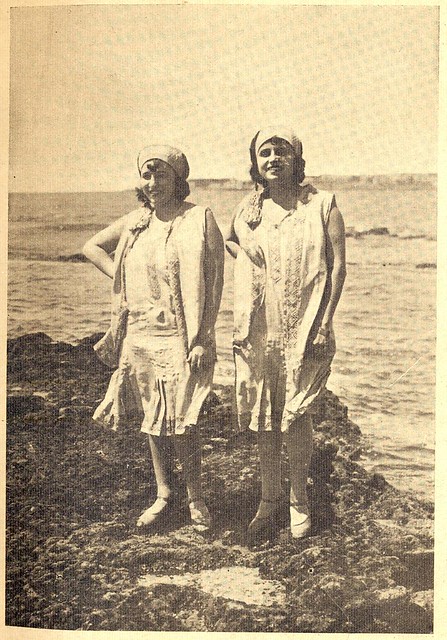




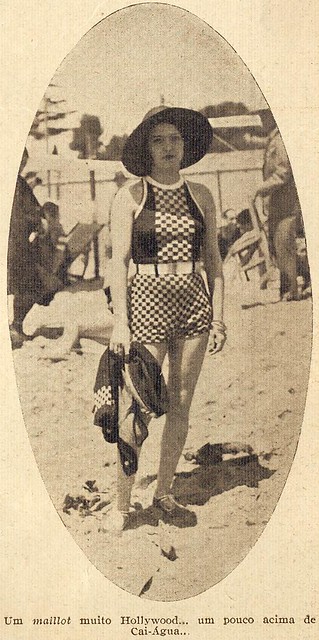

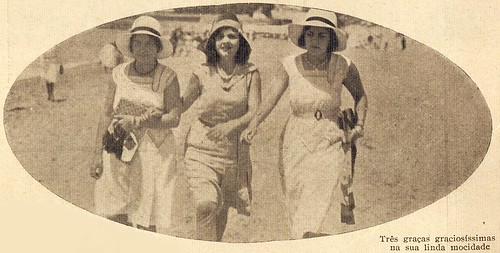
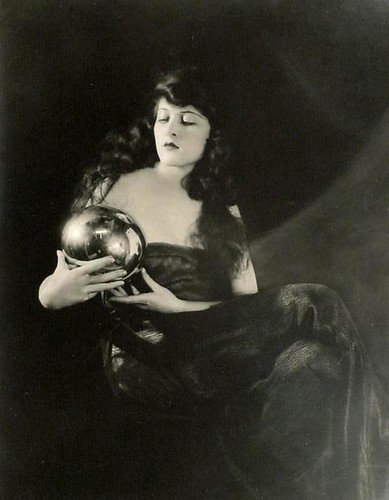

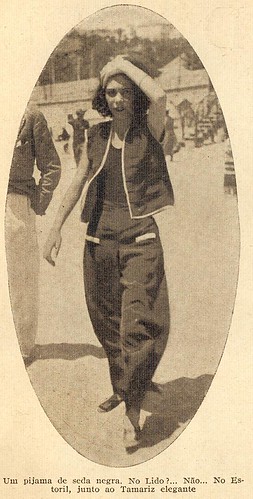
















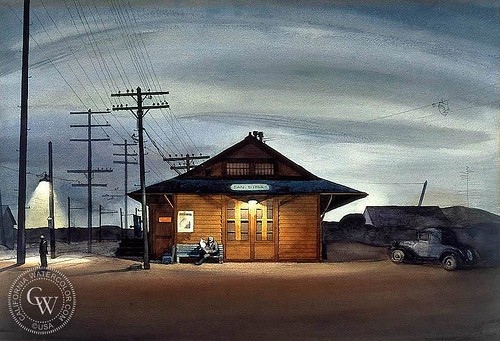




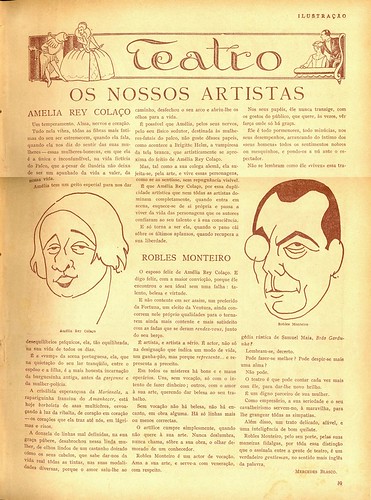
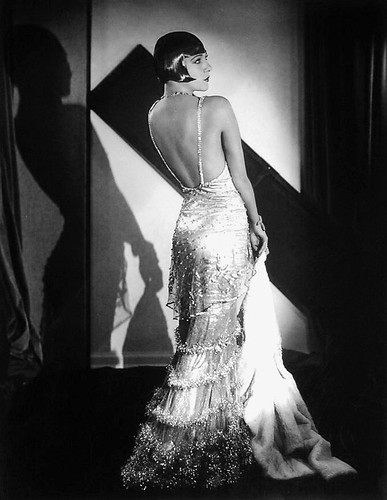
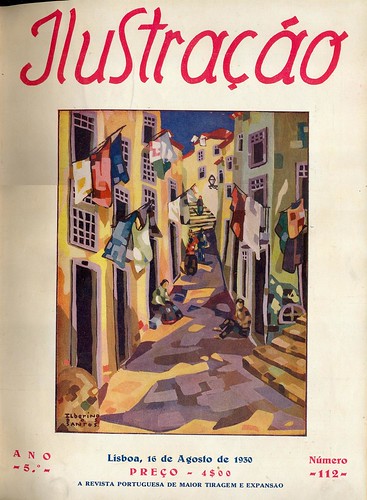


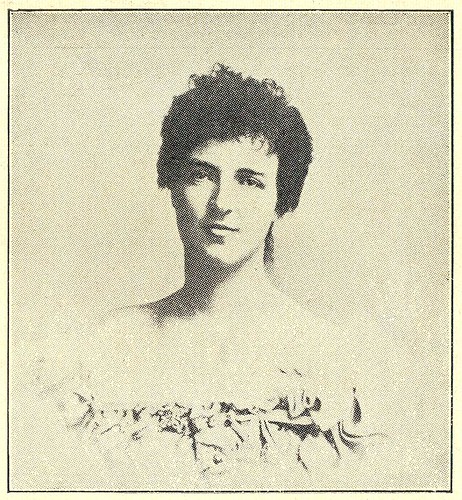





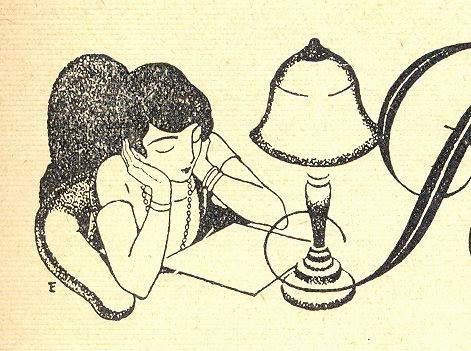
 What we now need are people's thoughts on these emails and the issues Mr. Paul raises! If you have an opinion on any part (or all parts) of Mr. Paul's emails we want to read them!
What we now need are people's thoughts on these emails and the issues Mr. Paul raises! If you have an opinion on any part (or all parts) of Mr. Paul's emails we want to read them!
designed by Edmund Dulac, based on portrait photography by Dorothy Wilding
rejected designs and sketches by Eric Gill"